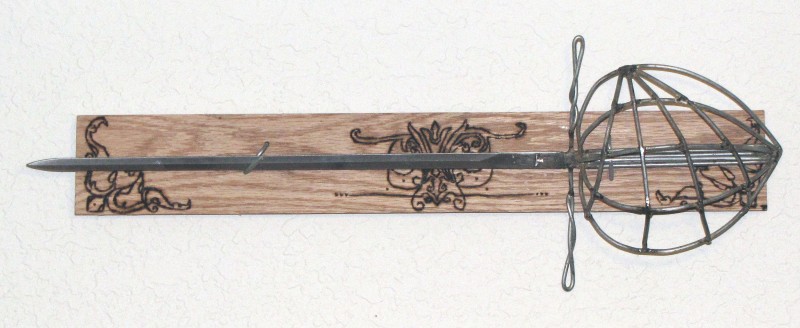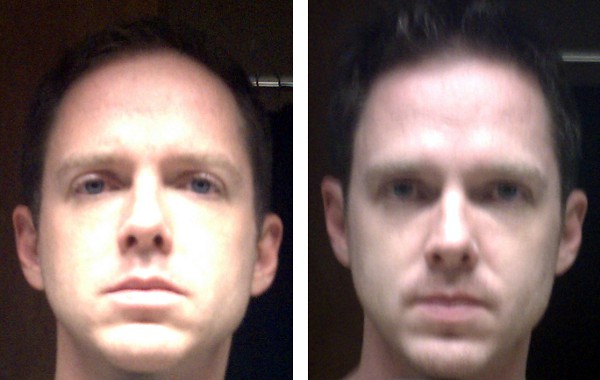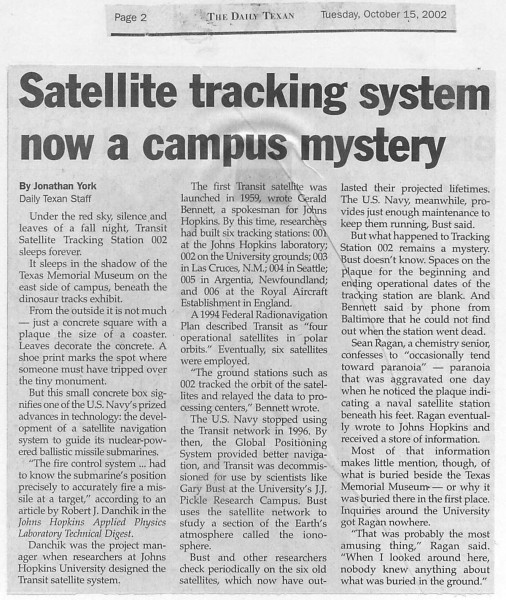
In the house next door is a family of four—a married man and woman and their teenage son and daughter. I met the woman shortly after moving in, at the mailbox, and when she heard I worked for MAKE, she started talking about her son, who builds exotically-shaped Rubik’s cube-type twisting puzzles and sells them to enthusiasts around the world. I wrote a blog post about him shortly thereafter.
A few weeks later, while working outside of a morning, I heard a familiar sound over the fence in their backyard: a light metallic whang, repeating three times, with ten seconds or so between each, and then 30 or 45 before the group of three repeated. I knew the sound, but it took me a minute to reach back into memories of my own adolescence and place it: someone was practicing with throwing knives.
I stuck my head over the fence and said hello. The boy brought over his throwing knives—three of them, handmade from pieces of an old circular sawblade. I still have my own set (though mine were bought, rather than made) from when I was almost exactly the same age, doing almost exactly the same thing.
The boy and I struck up a friendship, and since that time he has rung my doorbell once or twice a week. And each time he brings over something he’s made, to show off. That, and questions: How would I make this? How would I find out about this? Where would I get this?
And the uncanny similarities between him and me, when I was his age, keep piling up.
I’ve taken lately to passing down some of my unfinished projects to him, some of my venerable and treasured junk. Around the beginning of December, I made a gift of two old blades left over when I dismantled a pair of cheap display swords, a few years back, to get at some decorative castings on their handles. He fit one of the blades with a full tang wooden handle and kept for himself. The other he fit with this elaborate guard and hand shield he welded up from steel wire. Then he mounted it on a piece of oak, decorated with his own pyrography, and presented it to me as a Xmas present.
The blade is a bit over two feet long, from pommel to tip, and the display board a bit under that. It’s probably not actually usable, but that is hardly the point. I hung it up on my office wall and intend to display it there, or someplace equally proud, for a very long time.






